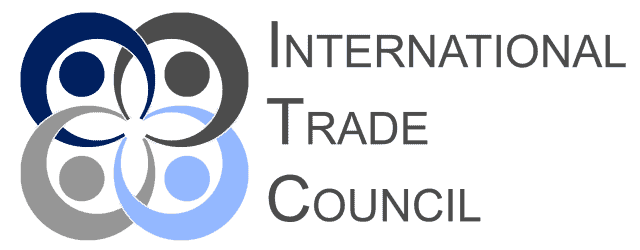By 2018, the conversation around modern slavery in Canadian supply chains had regained momentum, even though Bill C-383—the proposed Modern Slavery Act introduced as a private member’s bill in 2016—had failed to pass. That legislative defeat did not put the issue to rest. If anything, it created space for new coalitions of lawmakers, industry groups, […]

The International Trade Council is a global, peak-body, chamber of commerce that supports businesses and governments by providing resources, advocacy, and networking opportunities to promote international trade and foreign direct investment. It serves as a platform for organizations to collaborate, share knowledge, and navigate the complexities of global markets.

